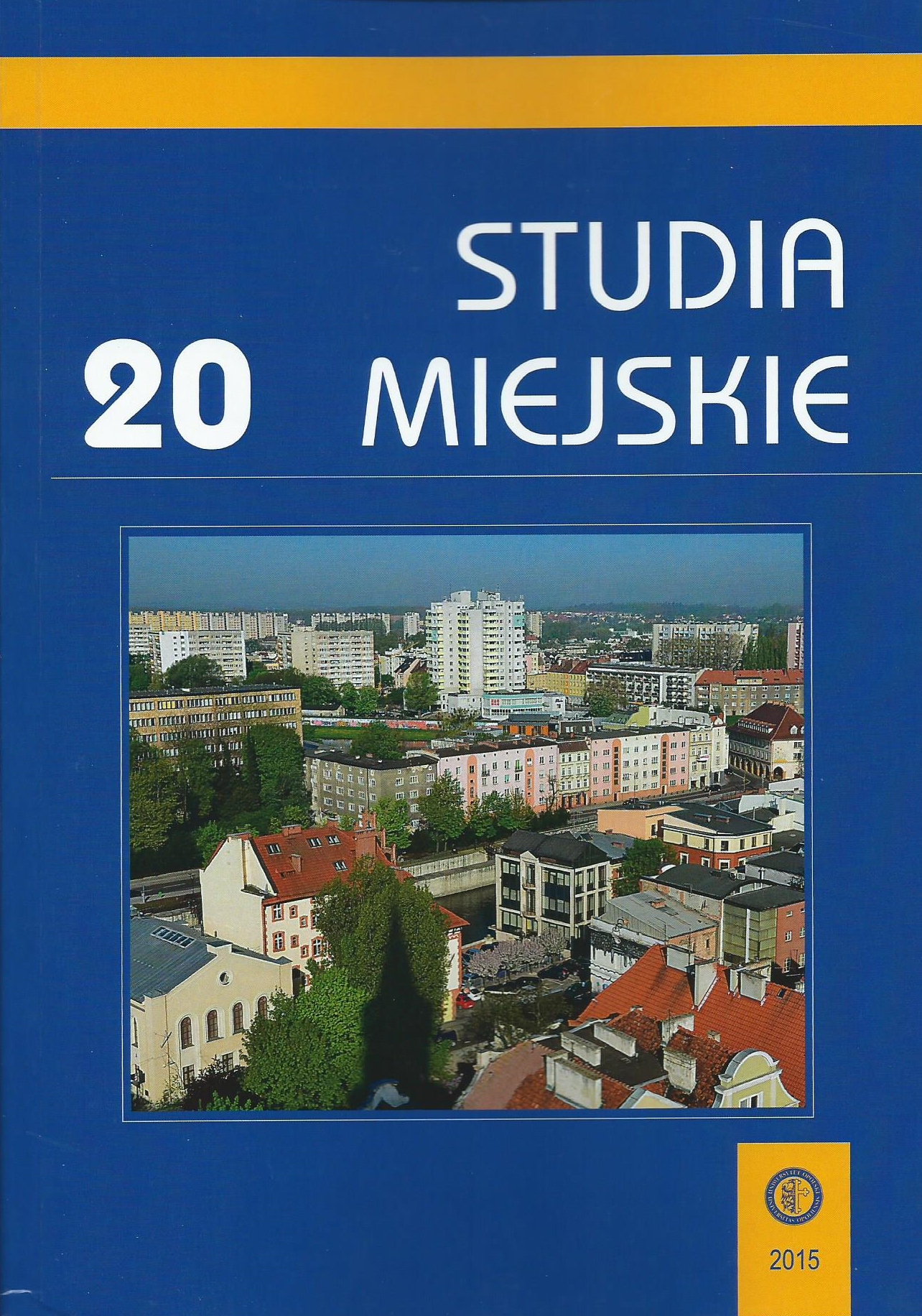Eksurbanizacja współczesnych miast
Urban sprawl of contemporary cities
Author(s): Paweł NowakSubject(s): Geography, Regional studies
Published by: Uniwersytet Opolski
Keywords: suburbanization; city transformations; urban growth boundary; urban sprawl
Summary/Abstract: Urban sprawl had its origins in the nineteenth century and its main cause was development of more and more efficient forms of transport for residents of the city. At the beginning there were trains and trams, then car transport appeared and currently it has the greatest impact on the shape and landscape of modern cities (Polit, 2010). Urban sprawl is accompanied by a degradation of both landscape of the city and suburban areas. The first examples of this phenomenon can be observed in the United States, and there, author believes, one should look for solutions to this problem. Nowhere urban sprawl formed shape of the urban areas, as much as in the United States. For this reason one could find here a number of solutions, such as controlling building density, house prices or setting the absolute limit of the city – as it was done in Portland (Egan, 1996). Delimitation of those boundaries could be a key factor that can not only stop urban sprawl, but also stimulate internal city redevelopment and revitalization of degraded areas.
Journal: Studia Miejskie
- Issue Year: 2015
- Issue No: 20
- Page Range: 133-140
- Page Count: 8
- Language: English, Polish

